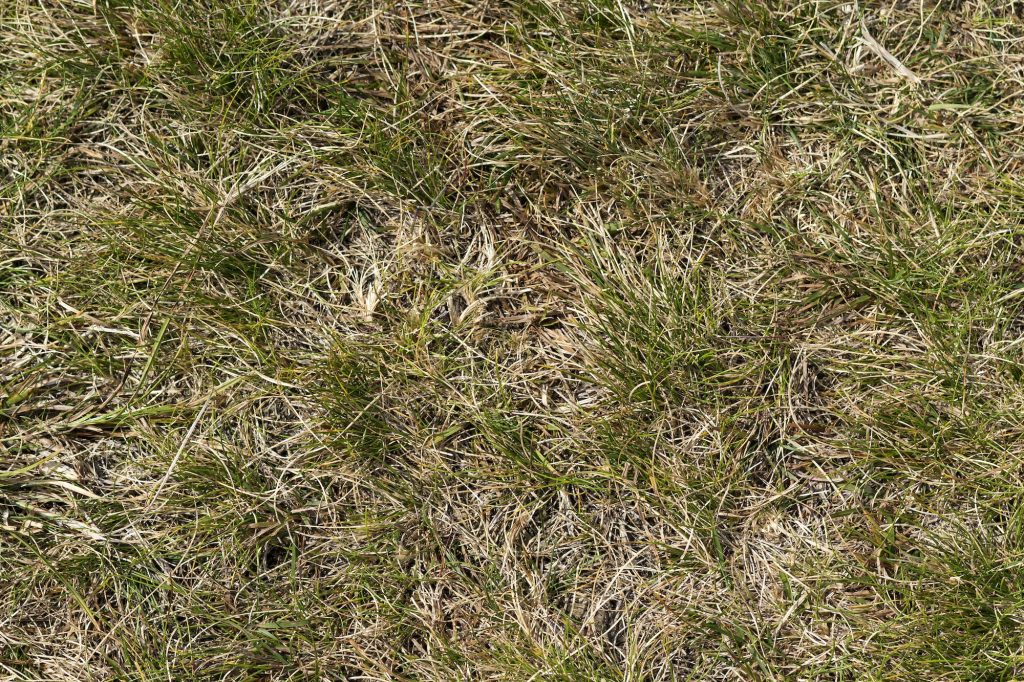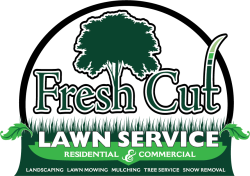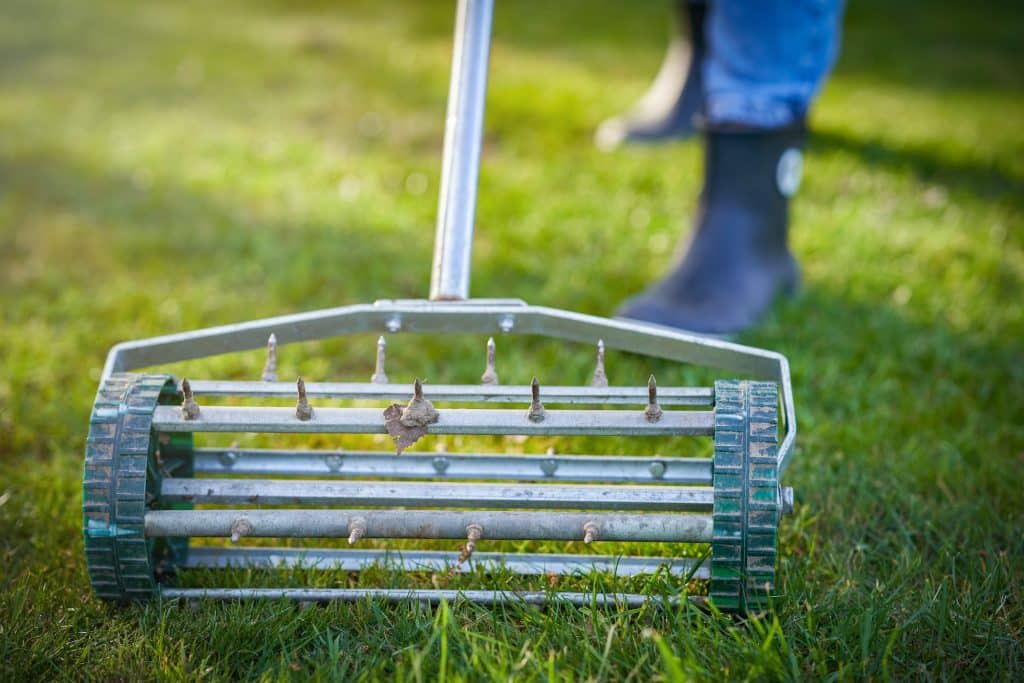Lawn Renovation
To achieve a lush, full lawn in our area’s clay-filled soils, the best time to renovate is during the early spring and fall when temperatures are lower and there is more rainfall. Reviving your lawn can be done through core aeration, adding soil or compost on top (topdressing), as well as over seeding with grass seeds. Doing so can transform any thinning or bare areas into an abundant landscape that you will enjoy for many years!
Core-Aeration
Why Aerate?
- Thatch: Aeration helps break up the thatch layer in the lawn. Excessive thatch can harbor pests and weed seeds such as crabgrass. It can reduce the effectiveness of watering, fertilization, and weed prevention applications. In addition, grass roots are more likely to grow into thick thatch than into soil. When this happens, the grass becomes more vulnerable to drought, heat, and cold stress because environmental conditions change more quickly within the thatch layer than in the soil.
- Soil Compaction: Compacted soil limits water infiltration, reduces availability of oxygen to roots, and physically restricts root growth. Aerating opens holes, allowing oxygen and water to move into the soil. The aeration holes, or channels, provide a haven for root growth. The accelerated root growth improves nutrient and water uptake. This in turn stimulates grass growth and results in a denser turf which helps to crowd out weeds.

Top-Dressing:
Top-dressing is a prepared soil mix applied to bare or thinning areas of the lawn. Topdressing materials are applied in a roughly even 1/4″ deposit over the lawn. It can reduce thatch buildup by encouraging decomposition. The soil will provide a substrate in which new grass seeds can germinate and grow. Paired with aeration (and our fall starter fertilizer if you are a part of our fertilization program), top-dressing materials filter into the holes made by the aerator, speeding up the recovery period of the existing turf and development of new seed.

